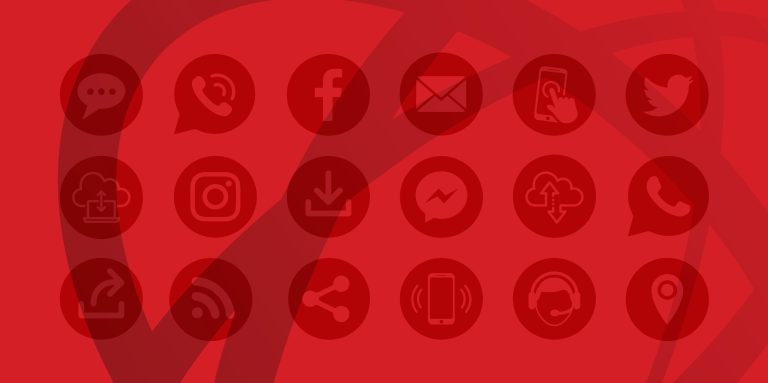
Avalanche Outage Reporter includes Mapping so control room staff can see the location of outage reports as well as lists; Alerts can be preset for more than “x” reports in an area; The ability for multiple networks eg Gas, Water, Electricity) all covering the same addresses.
What’s New?
This new version of Avalanche Outage Reporter is a complete re-write and uses a new architecture and technology stack to deliver some great new customer benefits.
Multi-Network – For customers with multiple Networks eg Water, Gas, Electricity, embedded networks, or multiple separate networks, you can now specify each network individually, but see and filter all the reports in one place. This includes a separate KML file to define the network, logos, and notification settings. Where 2 networks overlap the same geographic area, eg Electricity, and Water networks, the customers will be able to select which network they want to raise the notification for, and you can see and filter the reports according to each network.
Map to see outage reports – The outage reports will now display on a map as well as the grid. Map markers and colors can be defined by you to help speed up the analysis of problems being reported according to the type of issue, the suburbs/localities, causes, and even grouping of the time in which they have been reported.
Improved Notifications (Email & TXT) when volume starts to build – We have improved the email format that you will receive after a certain number of reports have been made. We have added a TXT notification so that for networks operating after hours that do not have a SCADA monitored LV part of the network, a TXT will be sent to alert staff there are outage reports are being submitted.
Simpler and Faster – You will see immediate performance improvements moving between forms and overall useability we believe is close or as good as a desktop-installed application.
Initial feedback from customers has been fantastic, and we are very excited about the new features we will be able to build onto.
Login or Register at www.outagereporter.net





